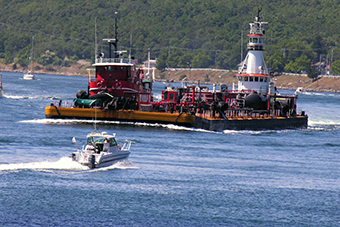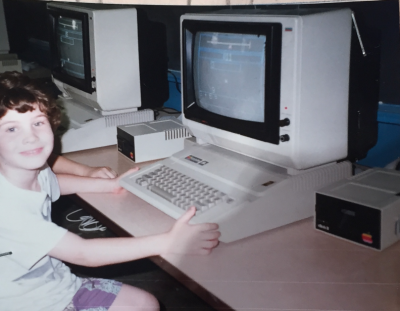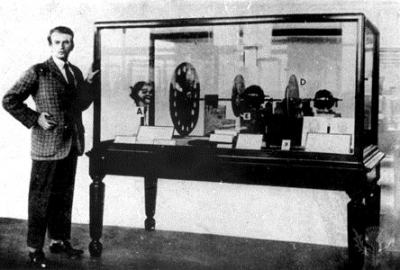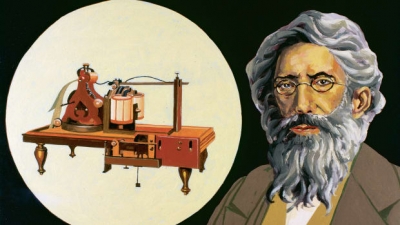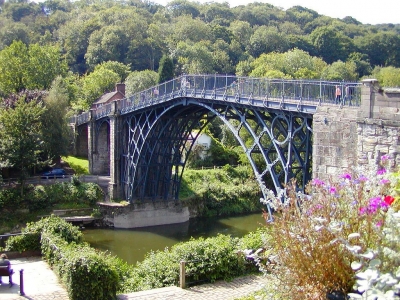
It was the industrial revolution which brought about the introduction of metal bridges. In the past, bridges were constructed of stone and timber, which were available in large quantities. Iron was used because it was much stronger than either wood or stone, and was, on the whole, less expensive to produce. Bridges made from timber or stone become fewer and fewer.
The first ever metal bridge was built in England in 1779. The Coalbrookdale Bridge, which spanned the River Severn, was designed by Thomas Pritchard and built by Andrew Darby. This bridge, the first to be built solely of iron, spanned almost 100 feet across the river in an almost perfect semi-circular arrangement of cast-iron pieces.
|
Fact File The drawbridge originated in medieval Europe as a defensive feature of castles and towns. It was operated by a counterweight and winch. In the late 19th century drawbridges began to be built specifically to aid navigation; the Tower Bridge, London, being a fine example. |
Picture Credit : Google

